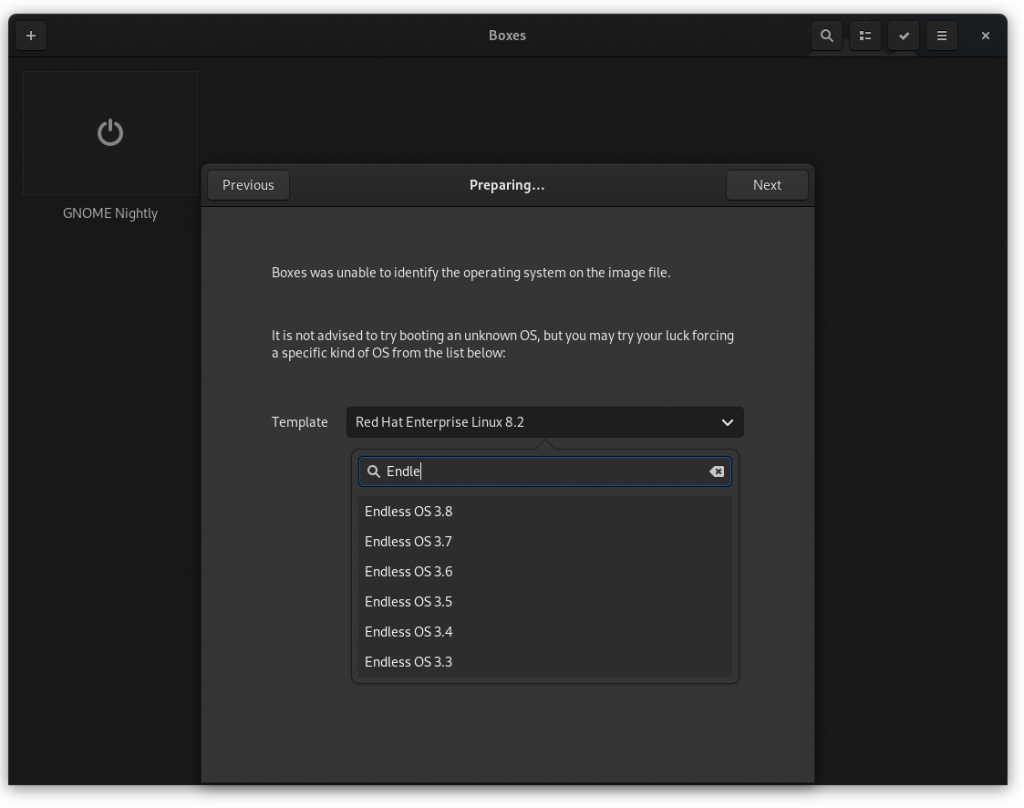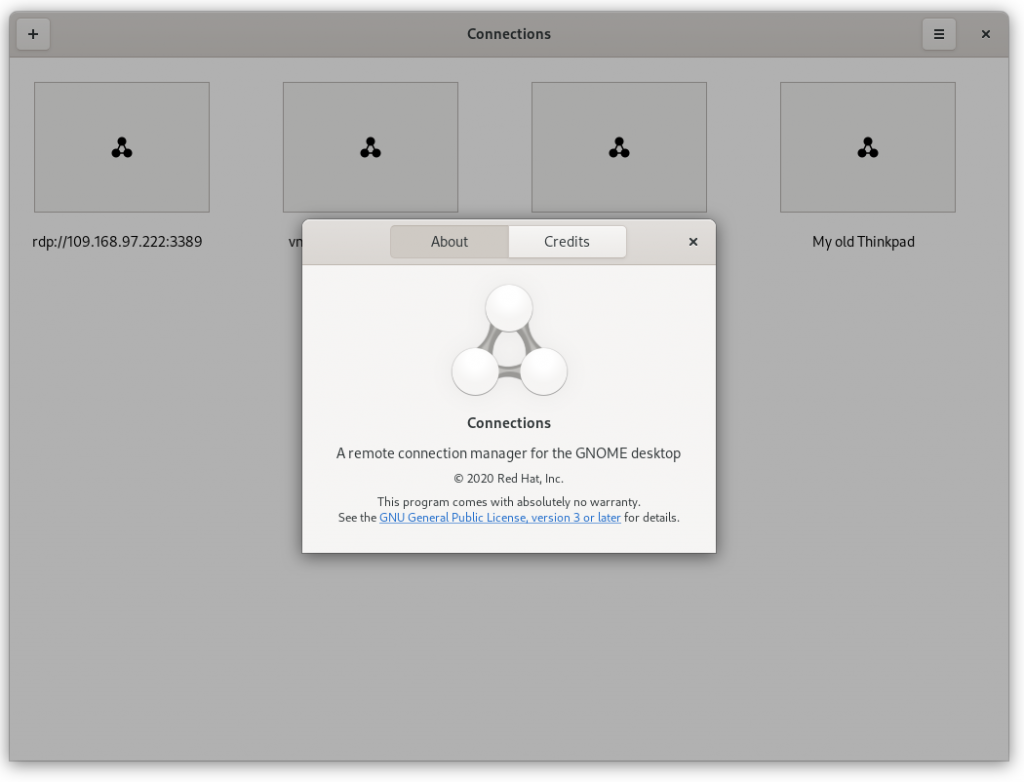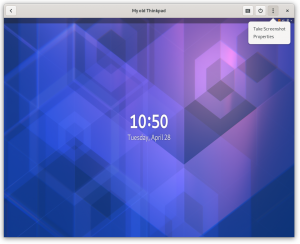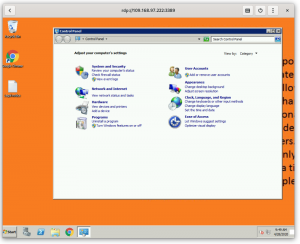It is that time of the year again when we start gathering ideas for Google Summer Code.
This time around we will be posting and discussing proposals in GNOME’s GitLab instance. Therefore, if you have a project idea that fits Google Summer of Code, please file an issue at https://gitlab.gnome.org/Teams/Engagement/gsoc-2021/-/issues/new using the “Proposal” template.
Everybody is welcome to add ideas, but it would be nice to verify whether the ideas are realistic and mentorship for it will be available. We encourage you to discuss your ideas with designers in #gnome-design to get their input and plan collaboration, especially if your ideas are related to one of the core GNOME modules.
Keep in mind that there are a few changes in GSoC this year:
- Smaller project size – all students participating in the 2021 program will be working on a 175 hour project (instead of a 350 hr project). This change will also result in a few other changes including the student stipend being cut in half.
- Shortened coding period – the coding period will be 10 weeks with a lot more flexibility for the mentor and student to decide together how they want to spread the work out over the summer. Some folks may choose to stick to a 17-18 hour a week schedule with their students, others may factor in a couple of breaks during the program (for student and mentor) and some may have students focus 30 hours a week on their project so they wrap up in 6 weeks. This also makes it a lot easier for students with finals or other commitments (weddings, etc.) to adjust their schedules.
- 2 evaluations (instead of 3) – There will be an evaluation after 5 weeks and the final evaluation will take place after the 10th week. We are also no longer requiring students complete their first evaluation (though we encourage them to do so), so if a student doesn’t complete the first evaluation they will not automatically be removed from the program. They are still required to complete the final evaluation.
- Eligibility requirements – In 2020 there are many ways students are learning and we want to acknowledge that so we will be allowing students who are 18 years old AND currently enrolled (or accepted into) a post-secondary academic program as of May 17, 2021 or have graduated from a post-secondary academic program between December 1, 2020 and May 17, 2021 to apply to the GSoC program.
If you have any doubts, please don’t hesitate to contact the GNOME GSoC Admins on Discourse or https://chat.gnome.org/channel/outreach
** This is a repost from https://discourse.gnome.org/t/call-for-project-ideas-for-google-summer-of-code-2021/5454 to reach a broader audience. Please share! **




